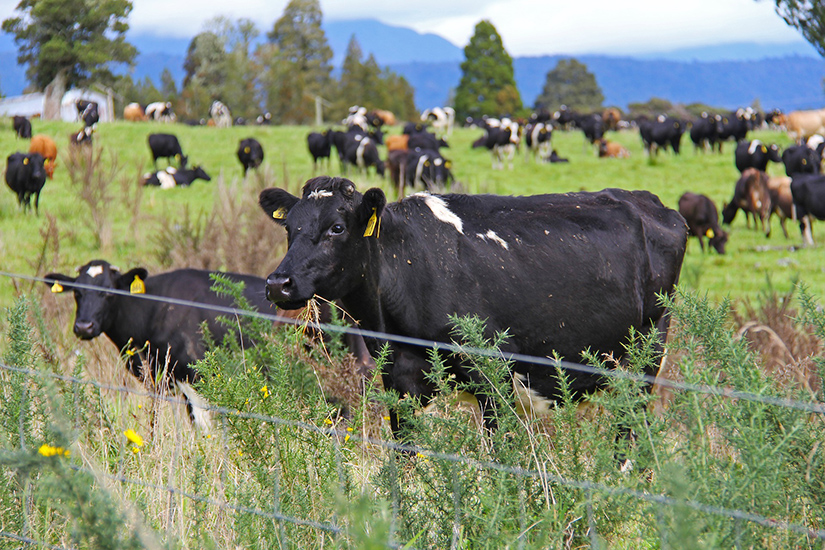
Researchers from Massey University and the University of Warwick have found that non-dairy stock farmers are just as likely to get infected with leptospirosis as dairy farmers, proving the disease is no longer dominant in one farming sector.
People contract leptospirosis from infected animal urine, and knowing the patient’s occupation is critical to combatting the spread of the disease, such as by using livestock vaccination to reduce human contact with infected animal urine.
From January 1, 2017 to December 31, 2019, there was an average of 140 cases of leptospirosis every year, resulting in an 89 per cent increase compared to five years prior between 2012 and 2016 where there were only 74 cases per year.
New research has found the patient’s occupation was only recorded accurately in two thirds of cases in surveillance data taken between 1999 and 2016 when there was a total of 1557 cases.
Lead author of the study and Professor in Veterinary Public Health, Jackie Benschop, says knowing the patient’s occupation is essential for uncovering the burden of the disease, and for designing new intervention strategies and ascertaining the effectiveness of current strategies. Although data should contain the occupation for each case, sometimes it is recorded as ‘unknown’ and often there is no differentiation beyond farmer for different classes of farming, she says.
“Livestock farmers, notably dairy and dry stock, need to be differentiated, as there are some specific risks. Dry stock farming encompasses the pasture grazing of beef cattle, sheep, and deer for meat, wool and velvet production. In comparison, dairy cattle are often fed a pasture-based diet and supplement when required to balance their feed intake, are milked twice daily for nine months of the year and have calves removed from the dams within 24 hours. Thus, the dairy system relies on much more direct animal–human contact.”
Their research, using routinely collected surveillance data and a mathematical model, looked at all occupations reported; a dairy farmer, milker or a farmer whose animals included dairy cattle and were classified as a dairy farmer. Pig, deer, beef, bull and sheep farmers were classified as dry stock farmers.
From the cases during this time period, 1403 were available for analysis.
From their main finding of equal numbers between dry stock farmers and dairy farmers infected by leptospirosis, Professor Benschop says the research suggests that when a leptospirosis patient is being interviewed to collect data they need to identify their occupation as ‘farmer’.
She says it is important to try and more finely differentiate their type of livestock farming as it has implications for leptospirosis prevention and control strategies.
Approximately 99 per cent of dairy farms in New Zealand have a leptospirosis vaccination programme in place for their cattle, however for dry stock vaccination rates are much lower.
Although dry stock farmers do not have daily contact with their animals they are still exposed to the disease through calving cattle and deer.
Professor Benschop says poor vaccination uptake in dry stock farming also exposes meatworkers to risk as they come in direct contact with the stock in yarding and slaughtering.
“This work provides important evidence for reassessing the current minimal use of leptospirosis vaccinations in dry stock. Vaccination programmes applied to dry stock should help reduce the high proportion of meatworkers and dry stock farmers being infected with the serovars in the vaccines. The effectiveness of such a vaccination programme has been demonstrated to reduce the incidence of ‘dairy farm fever’ in dairy workers in the past 40 years.”
You can read more about their research here: https://rsif.royalsocietypublishing.org/lookup/doi/10.1098/rsif.2020.0964